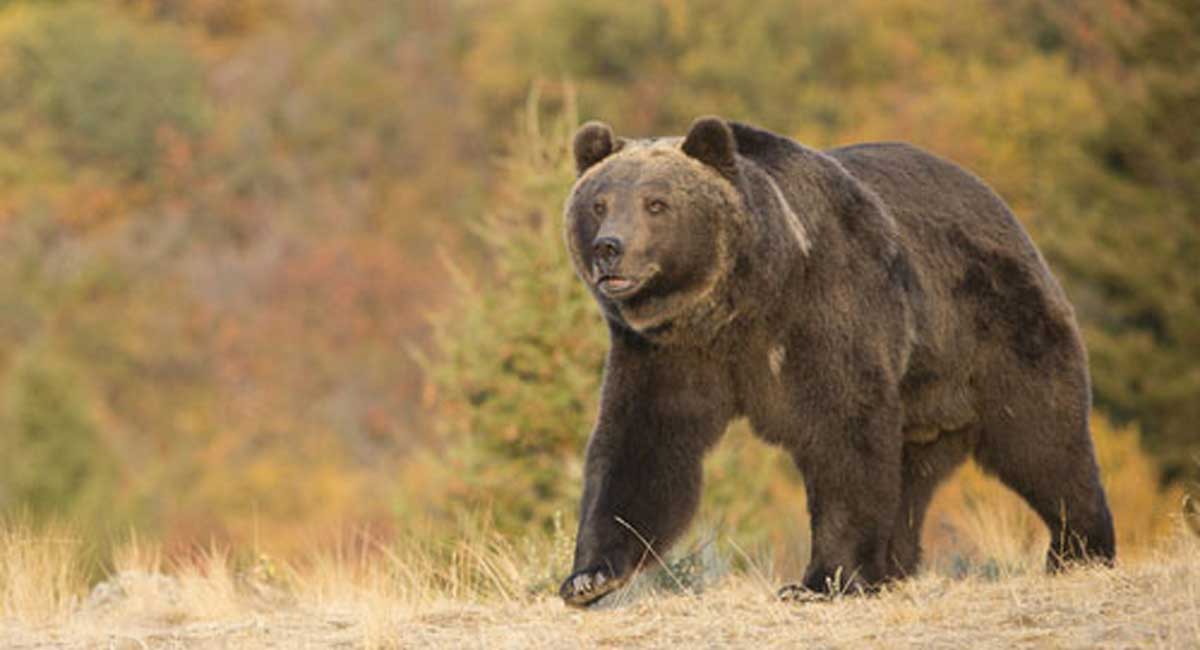Update (9/13/2018):
A federal judge issued a second 14-day restraining order which will now expire on September 27. He is yet to rule whether to affirm a U.S. Fish and Wildlife Service decision to delist the grizzly bear population in the Greater Yellowstone Area.
—
A federal judge in Montana issued a 14-day temporary restraining order, stopping or possibly delaying planned grizzly bear management hunts originally set to begin September 1 in Wyoming and Idaho.
“According to scientists, the grizzly population in the Greater Yellowstone Ecosystem met all delisting criteria and should remain subject to state management,” said Kyle Weaver, RMEF president and CEO, who have partnered with the Sportsmen’s Alliance on the case. “Managing wildlife in line with the North American Wildlife Conservation Model ensures the future of all wildlife. State agencies already successfully manage elk, mountain lions, deer and other wildlife so grizzly bears should fall under that same umbrella as well.”
In issuing the temporary restraining order, Judge Christensen cites Ninth Circuit Court of Appeals precedent under which the irreparable harm necessary for issuance of temporary restraining order can be the death of a single member of the species, as opposed to harm at the population level.
“This is more red tape than it is scientific wildlife management. Every threshold for delisting has been met and surpassed, the distinct population clause of the Endangered Species Act has been upheld in court and the delisting and management of grizzly bears in Idaho and Wyoming won’t have any impact on separate and still-protected populations of grizzlies in northern Montana or Washington,” said Heusinkveld. “The bottom line is that Greater Yellowstone Ecosystem grizzlies have recovered and are no longer in need of federal protections.”
The Greater Yellowstone Ecosystem population of grizzly bears has surpassed every threshold for recovery, including exceeding population levels. In the Greater Yellowstone Area, a population of 500 grizzly bears was the threshold that the U.S. Fish and Wildlife Service would use as a standard for successfully recovery. Today, the bear population is conservatively estimated at more than 750 (and as high as 1,000 by some counts), far above that threshold, and well above the low of 125 bears in the 1980s.
It is also interesting to note that environmental groups made claims for years that delisting the gray wolf in the Northern Rockies would be detrimental or lead to the extinction of that species. Instead, wolf populations across Idaho, Montana and Wyoming are anywhere from 200 to 400 percent above minimum recovery goals. Enviro groups are making many of the same claims about grizzlies.
(Photo source: Montana Fish, Wildlife and Parks)
